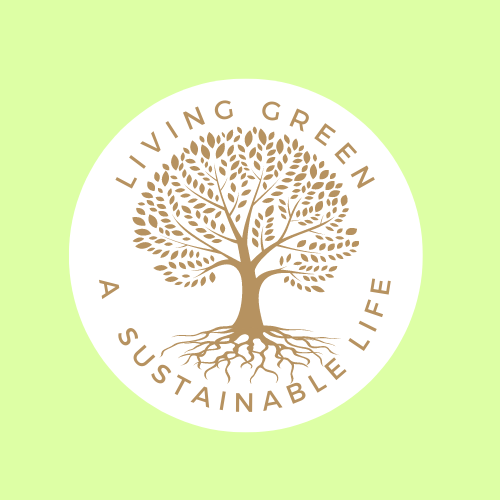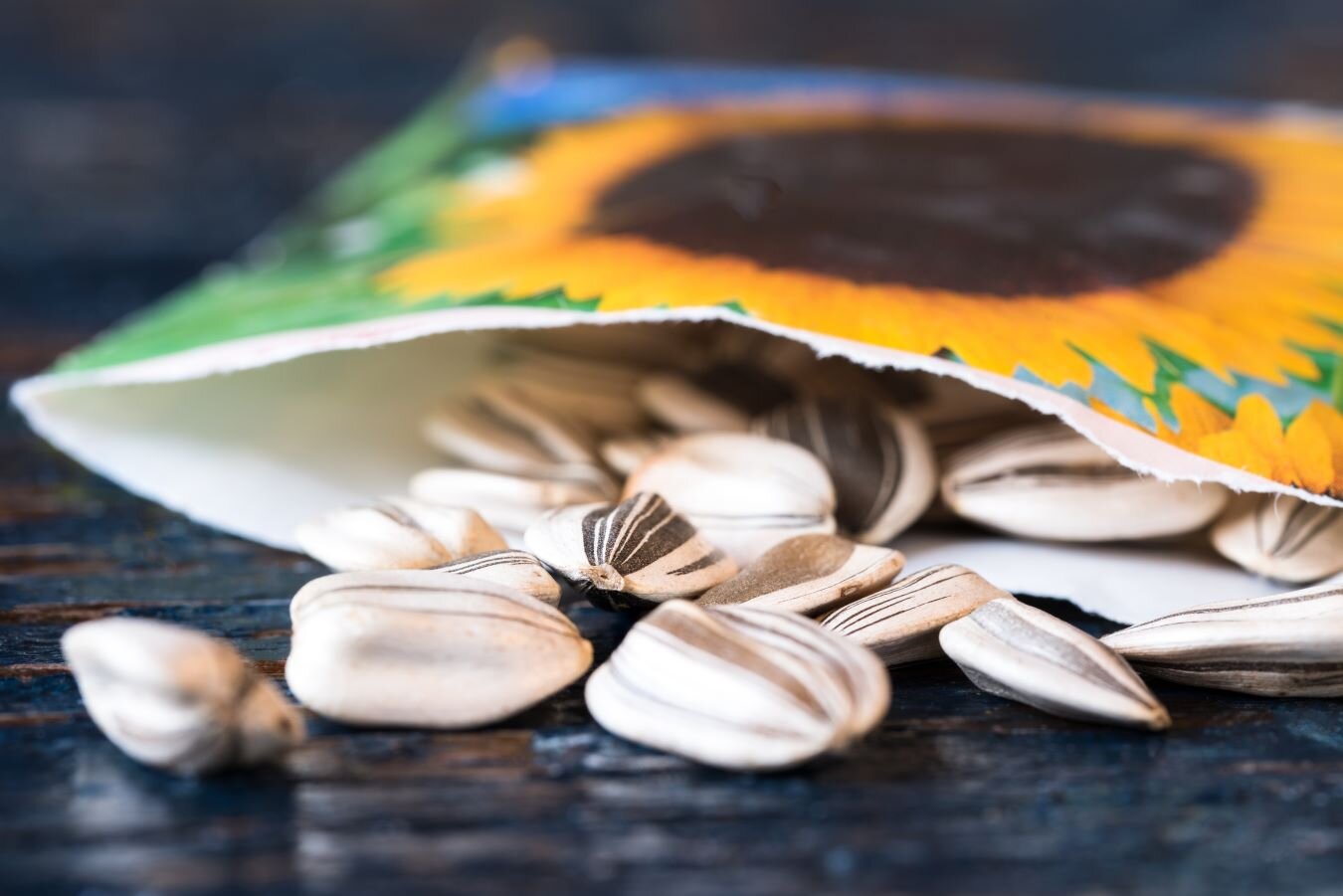How to Source Budget Organic Plants. Garden for Free.
Many of us are now aware of the importance of using organic principles in the our gardens. Using Peat Free compost and cutting out the chemical insecticides are thankfully becoming more common practice in our outdoor spaces. However, how organic is your garden really and how do we determine it being fully organic?
The problem lies with the plants we buy. Until recently I would have said “yes my garden is fully organic” yet I wasn’t factoring in the plants I had brought from the local garden center and where they may have come from. Unfortunately these plants not being organic can prove detrimental problems to the wildlife in our garden. The wildlife I thought I was fighting so hard to protect.
Okay so we’ll start buying organic plants… But this is sometimes harder than you think and can be a lot more costly. (FYI I think buying most plants is a costly affair in general.)
So how can we go about this on a budget? Or even completely free?
Sowing organic seeds, propagating plants, growing from veg scrapes, saving seeds and buying organic perennials are the best ways of sourcing budget or free organic plants. These methods are all eco-friendly, zero waste and cheap.
Many believe organic is more expensive but when it comes to gardening it is often the easiest and cheapest way to do things. All it takes is a little mindset shift, dedicating time to different areas and patients.
Get the organic basics right.
As I said above organic gardening doesn’t mean it has to cost the earth. In fact, quiet the opposite. It turns out most of the things we buy from garden centers and DIY stores are not environmentally friendly. Most plants will be grown in peat. Many will have been grown using insecticides (yep even plants marked as “great for bees”).
This means if you want to be as organic and eco-friendly as possible those little trips to the local shops for garden supplies are pretty much out. Once you accept this you’ll find your mindset will completely re-set. This is also great for your wallet.
So where do you source your plants from now?
Sow organic seeds.
Buying organic seeds may be slightly more pricey than seeds brought from your local supermarket but the price per plant is still only penny’s compared to buying an actual ready grown plant.
It’s going to take a little more planning (planting in spring for example), a little patients (though really not all that much), and a little hope (it doesn’t matter if some fail, others won’t).
If your in the UK I recommend The Organic Gardening Catalogue for seeds. The owners have a long history with the organics, actually some are founders of the Soil Association, and run their company in I believe a very ethical way. Everything is affordable too.
Buy Organic Perennials.
Perennials plants will keep coming back year after year. This is a good option if you have a little bit of a budget to start your garden but will cost you nothing and take very little effort in years to come.
It’s still important to buy organic here, because if they have been grown with any insecticides or chemical fertilizers these can live on in the plants and harm wildlife for up to four years into the future.
As well as The Organic Gardening Catalogue I also really like buying from Roots who are an organic company and send out of their plants in plastic free packaging.
Roots also have clear sections for perennial plants and good descriptions on how to plant and care for them. A great resource if your not sure where to start.
Propagating the right plants.
Propagating cuttings from plants you already have or friends and families plants is one of the most thrifty and organic ways to acquire plants.
My favourites to propagate (because their easy) are Lavender, Geraniums, Mint and Cat Mint, Sage, Rosemary, Thyme and Salvia’s.
You can also take cuttings (this means you dig up part of the plant taking part of the root system too).
I personally love propagating because I find it satisfying way to go about things. For example herbs like mint, thyme and sage can all be done easily in a jar of water.
Simply cut a healthy stem of the plant.
Its best to cut just above two leaves, this means the existing plant will grow new shoots from here.
Remove the bottom leaves on the stem your propagating to stop them rotting in the water.
Place in a jar or vase or water. You may want to refresh the water every now and then.
Wait a few weeks.
Before you know it you will see strong new roots coming from the stem.
Plant into peat free soil, then leave in a sunny spot until the plant is bigger, has a really strong root system to make sure when it is planted out it has the best chance of survival.
Seed swaps
More often than not you’ll buy a pact of seeds, plant a few (unless you’ve got a huge space) and keep the rest for years to come. But seeds don’t last. So why not share the left overs.
The thriftiest thing you can do is to join a seed swap or swap with friends to expand the amount of plants you can grow for free.
If you don’t know anyone to start swapping seeds with sites like seedysunday.org are brilliant for organising events for you.
The best way to do this in future years is to save your own seeds yourself to swap but for now use what you have or just get involved as many will be happy to hand out to new gardeners. We all have to start somewhere after all.
Check out local selling sites.
Propagating and sowing your own plants is a great way to get free or cheap plants. But it can be a little intimidating for new gardens, especially when you start looking into soft and hard cuttings. The next best thing is to look out for people already doing it.
Facebook Market place is a great place to look for plants. Many people will grow too many plants and sell them for £1. Or take cuttings and put these up for cheap too.
Your local boot fair.
If you can get up early enough boot fairs are great places to source plants cheaply, particularly for veg plants. It’s also easy to talk to people there and ask them questions about growing the plant.
While your there if you need any pots of gardening tools you’ll likely find a treasure trove of things waiting for you.
Grow new vegetables from scrapes.
Lastly, if you want some veg plants to fill a space or eat your own produce one of the most zero waste things you can do is to grow new plants from your veg scraps. Yes literally the ends of your carrots and celery can become new plants. I haven’t done a ton of this (I like to use all my veg scraps to build up my compost) so I’ll leave you will someone more experienced in this video here.
I hope this has given you some inspiration on bringing organic principles into your garden without having to spend more money. Or really even less.
Good luck with the growing.
Hannah xx
Other articles you might enjoy…
21 Ways to the Perfect Garden with NO Money.
Bokashi Composting 101. Dramatically Cut Your Families Waste.
Beginners Guide to Growing a Sustainable Herb Garden.
Zero Waste, Organic and Free Insecticides. But Do We Need Them?








